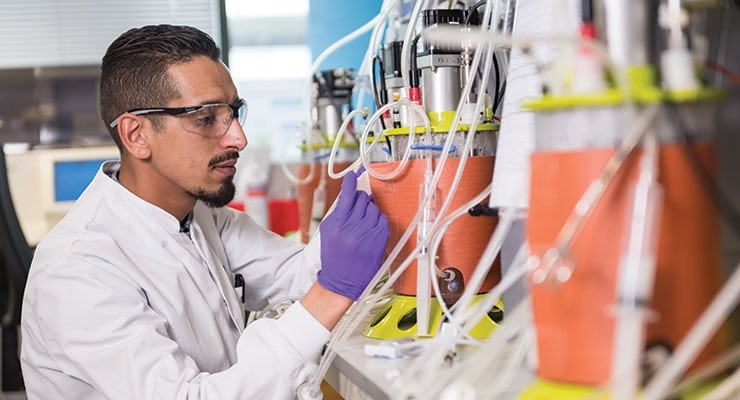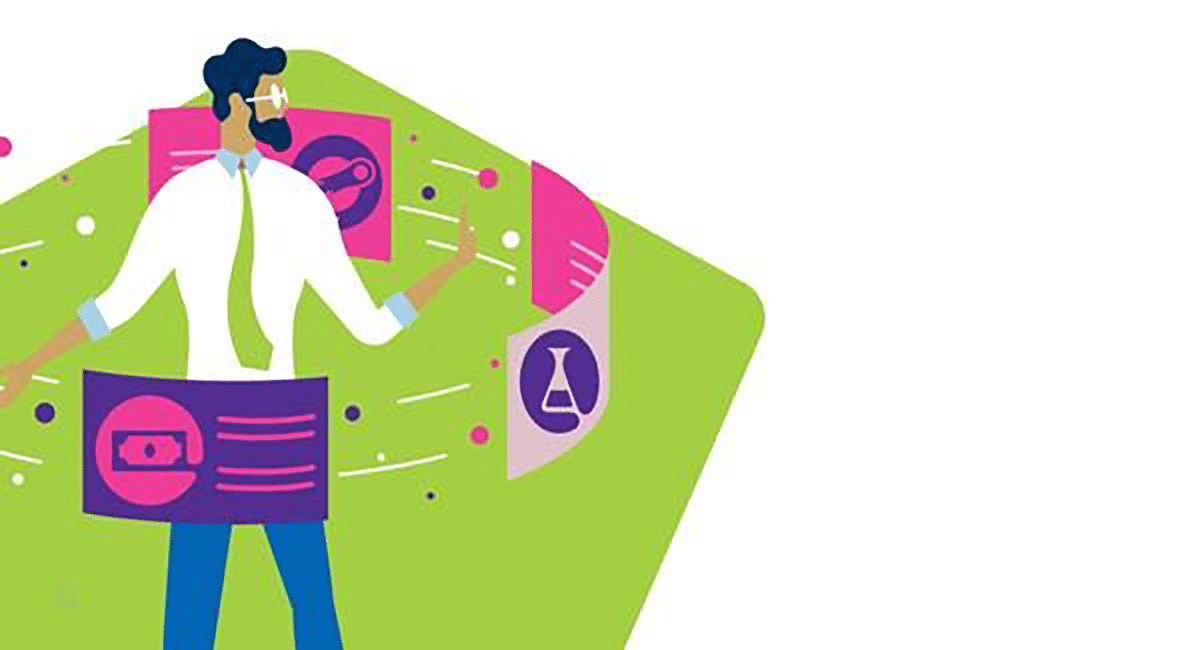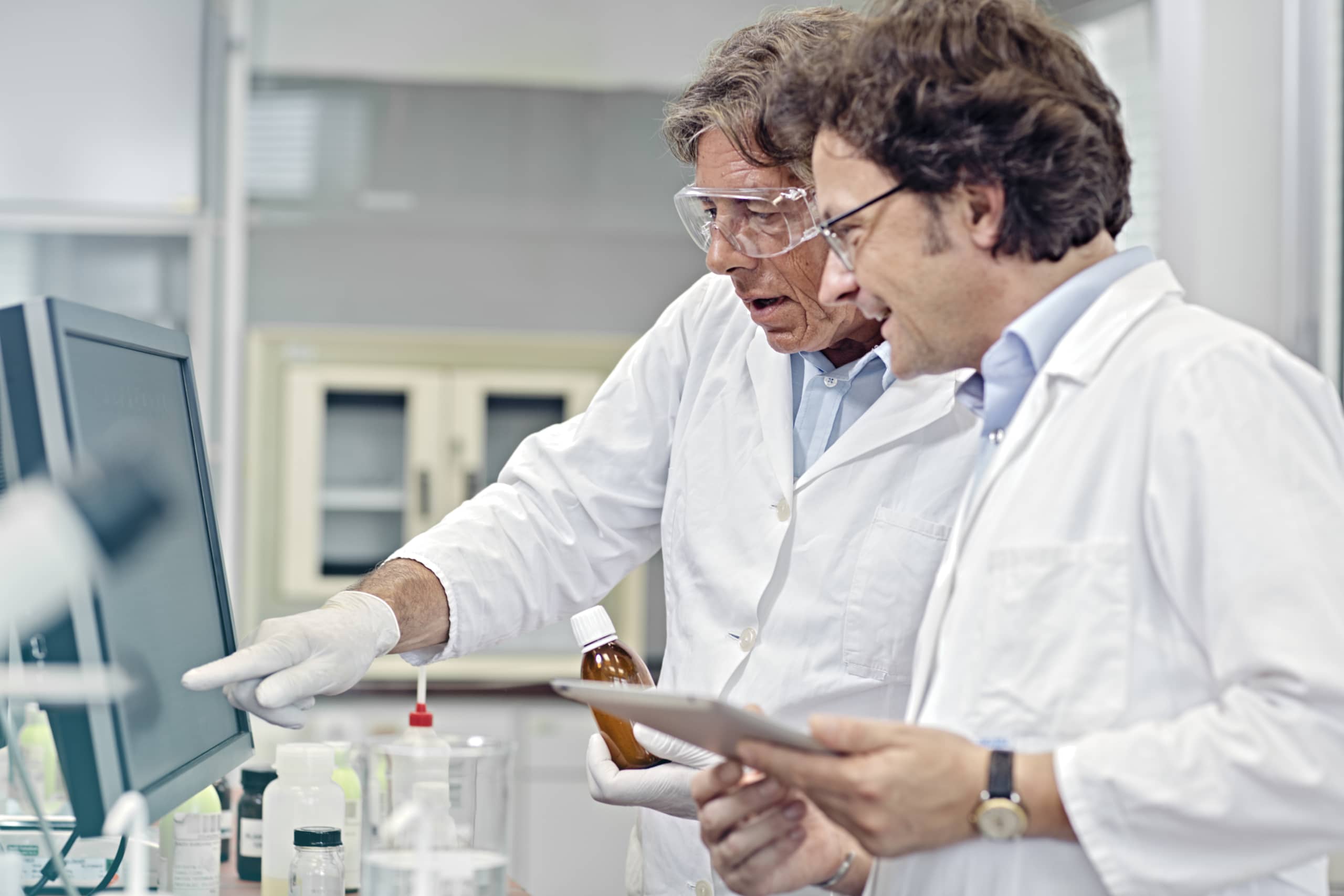One of the biggest decisions which any company developing biological medicines makes is to move forward to the manufacture of their product.
This can be one of the most costly and complex decisions you take, and it is vital to get this right. What technology should you use, who should you partner with, how long will it take?
The first point in the journey to your first clinical batch is the creation of a cell line expressing your product. This cell line will be used to manufacture all the product you will need to support in–vivo demonstration of biological activity, demonstrate safety, set a pharmacological dose, and ultimately treat all your patients. This cell line will likely remain through the whole lifetime of your product, remaining unchanged through clinical trials and onto the market.
However, cell line development is a very specialised and complex activity and it can be difficult to navigate the huge variety of choices available. Your choice of cell line and expression platform will influence the efficacy and safety of your product, the cost of goods and the ease of manufacture.
How do you balance safety, cost of producing your cell line, the commercial cost of your product and time in the race to start clinical trials?
When making this difficult decision we find it useful to focus on what is most important first – namely regulatory acceptance. The regulatory guidelines applying to cell line development are clear and easy to interpret. Regulators expect clearly documented history and testing for cell lines producing biologic medicines – so this should be sought.
The second key focus is to check that the expression level of the cell line is commercially viable. Low cell line productivities become increasing important as you progress through clinical testing. The further you are in the clinical pathway the more expensive and time consuming it becomes to replace your original cell line. Complex bridging studies can be required with no guarantee of product being comparable between cell lines. You should look for expression data for multiple different molecules and ask for detailed examples of success. Aim for at least 3 g/L in your upstream process – preferably higher.
Thirdly the time to construct a cell line should be evaluated as cell line development is almost always on the critical path to the production of your first clinical batch. Six months or less should be easily achievable.
Only finally should you consider cost – cell line development is one of the largest elements in a chemistry, manufacturing, and control (CMC) project and it can be tempting to seek lower cost options. However, ensure that project scopes are comparable between suppliers, ensure that everything you need for your regulatory submission is included and ask for examples from previous projects.
At Pathway, to map a route through this complexity we would normally prepare a list of standard questions and ask all potential suppliers to complete these – ensuring everything you need is covered and your choice is not influenced by additional information provided by the suppliers.








